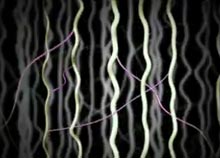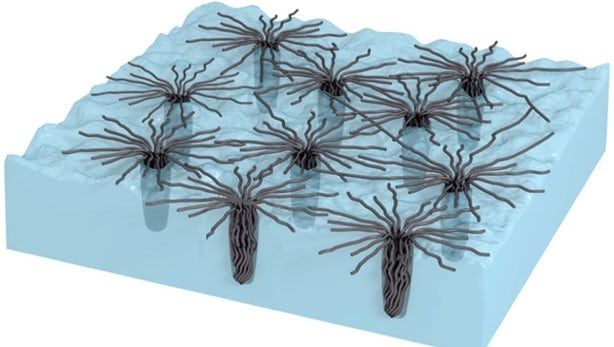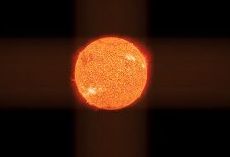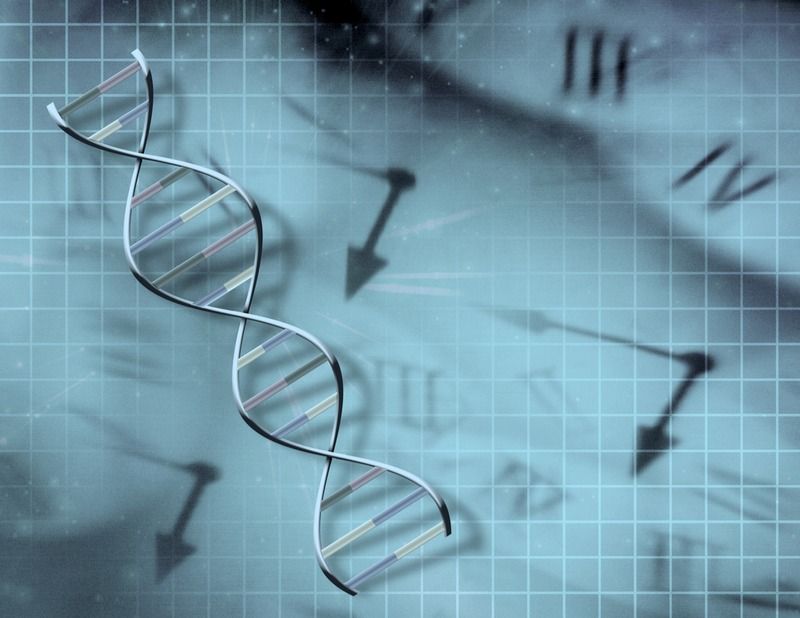Page 8147
Feb 15, 2019
China produces nano fibre that can lift 160 elephants – and a space elevator?
Posted by Quinn Sena in category: materials
Circa 2018
Scientists say 1cu cm of the material won’t break under the weight of 800 tonnes.
Feb 15, 2019
Carbon Nanotube Ribbons Could Give Superman a Run for His Money
Posted by Quinn Sena in categories: cyborgs, economics, nanotechnology
 Lighter than air! Stronger than steel! More flexible than rubber! No, it’s not an upcoming superhero flick: It’s the latest marvelous formulation of carbon nanotubes–at least as reported by the creators of the new super-material. Researchers working on artificial muscles say they’ve created nanotech ribbons that make our human muscles look puny by comparison. The ribbons, which are made of long, entangled 11-nanometer-thick nanotubes, can stretch to more than three times their normal width but are stiffer and stronger than steel… They can expand and contract thousands of times and withstand temperatures ranging from −190 to over 1,600 °C. What’s more, they are almost as light as air, and are transparent, conductive, and flexible [Technology Review].
Lighter than air! Stronger than steel! More flexible than rubber! No, it’s not an upcoming superhero flick: It’s the latest marvelous formulation of carbon nanotubes–at least as reported by the creators of the new super-material. Researchers working on artificial muscles say they’ve created nanotech ribbons that make our human muscles look puny by comparison. The ribbons, which are made of long, entangled 11-nanometer-thick nanotubes, can stretch to more than three times their normal width but are stiffer and stronger than steel… They can expand and contract thousands of times and withstand temperatures ranging from −190 to over 1,600 °C. What’s more, they are almost as light as air, and are transparent, conductive, and flexible [Technology Review].
The material is made from bundles of vertically aligned nanotubes that respond directly to electricity. Lengthwise, the muscle can expand and contract with tremendous speed; from side-to-side, it’s super-stiff. Its possibilities may only be limited by the imaginations of engineers. [The material’s composition] “is akin to having diamond-like behavior in one direction, and rubber-like behavior in the others” [Wired], says material scientist John Madden, who wasn’t involved in the research.
When voltage is applied to the material, the nanotubes become charged and push each other away, causing the material to expand at a rate of 37,000 percent per second, tripling its width. That’s 10 times as far and 1000 times as fast as natural muscle can move, and the material does so while generating 30 times as much force as a natural muscle [IEEE Spectrum]. The researchers put together a video to illustrate the concept, and will publish their work in Science tomorrow.
Continue reading “Carbon Nanotube Ribbons Could Give Superman a Run for His Money” »
Feb 15, 2019
New experimental drug rapidly repairs age-related memory loss and improves mood
Posted by Genevieve Klien in categories: biotech/medical, life extension
A team of Canadian scientists has developed a fascinating new experimental drug that is purported to result in rapid improvements to both mood and memory following extensive animal testing. It’s hoped the drug will move to human trials within the next two years.
Feb 15, 2019
China Is Building a Solar Power Station in Space
Posted by Genevieve Klien in categories: solar power, space, sustainability
Beam Me Down
Needless to say, the biggest problem for a floating power plant is figuring out how to get the energy back down to Earth.
The scientists behind the project are still sorting that part out. But right now, the plan is to have solar arrays in space capture light from the sun and then beam electricity down to a facility on Earth in the form of a microwave or a laser, according to The Sydney Morning Herald.
Feb 15, 2019
DARPA Wants to Solve Science’s Reproducibility Crisis With AI
Posted by Genevieve Klien in categories: robotics/AI, science
Social science has an image problem—too many findings don’t hold up. A new project will crank through 30,000 studies to try to identify red flags.
Feb 15, 2019
‘Reverse trick’ for LEDs could keep future computers cool
Posted by Genevieve Klien in categories: computing, futurism
Running LEDs with electrodes in reverse can cool nearby devices, which could come in handy for smaller, faster computers.
Feb 15, 2019
The Mars Gravitational Area will give 30% of earths gravity to our guests for those who choose not to travel to the red planet
Posted by Klaus Baldauf in category: space

https://youtube.com/watch?v=IW9A-uWM0JU
The Mars Gravitational Area will give 30% of earths gravity to our guests for those who choose not to travel to the red planet. The MGA have 4–5 decks and will be the only area offering permanent habitation on the Gateway.
Reset Learn More
Feb 15, 2019
New Aging Clock Accurately Predicts Biological Age
Posted by Steve Hill in categories: biological, life extension
Researchers at the Harvard T.H. Chan School of Public Health have discovered a new aging clock that can accurately determine both chronological and biological age in a wide variety of species.
Aging and the nucleolus
There are two kinds of age: chronological age, which is strictly the number of years that something has lived, and biological age, which is influenced by diet, exercise, environment, and similar factors. Biological age is the superior measure of true age and is an accurate predictor of all-cause mortality.
Continue reading “New Aging Clock Accurately Predicts Biological Age” »
Feb 15, 2019
Safer-by-Design Fluorescent Nanocrystals: Metal Halide Perovskites vs Semiconductor Quantum Dots
Posted by James Christian Smith in categories: particle physics, quantum physics, solar power, sustainability
Despite the young age of the research field, substantial progress has been made in the study of metal halide perovskite nanocrystals (HPNCs). Just as their thin-film counterparts are used for light absorption in solar cells, they are on the way to revolutionizing research on novel chromophores for light emission applications. Exciting physics arising from their peculiar structural, electronic, and excitonic properties are being discovered with breathtaking speed. Many things we have learned from the study of conventional semiconductor quantum dots (CSQDs) of II–VI (e.g., CdSe), IV–VI (e.g., PbS), and III–V (e.g., InP) compounds have to be thought over, as HPNCs behave differently. This Feature Article compares both families of nanocrystals and then focuses on approaches for substituting toxic heavy metals without sacrificing the unique optical properties as well as on surface coating strategies for enhancing the long-term stability.
In the early 1980s the quest for novel photocatalysts, fueled by the oil crisis in the preceding decade, led to the discovery of semiconductor quantum dots. Pioneering works by Efros, Brus, and Henglein showed both experimentally and theoretically that the reduction of size of semiconductor particles (e.g., CdS) down to the nanometer range induces a significant change in their band gap energy.(1−3) The underlying quantum confinement effect, occurring when the nanocrystal size is (significantly) smaller than twice the exciton Bohr radius of the semiconductor material (Table 1), leads to an increase, scaling with 1/r, of the band gap energy. It also gives rise to the appearance of discrete energy levels at the place of continuous valence and conduction energy bands. In the same period Ekimov as well as Itoh and co-workers observed quantum confinement in small CuCl crystallites embedded in a glass or a NaCl matrix.















